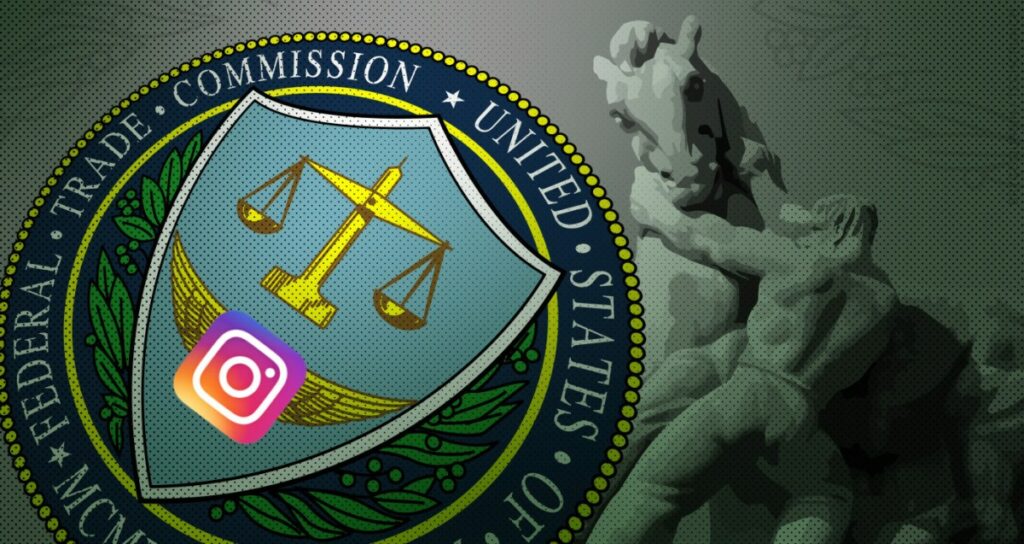Soon, it’ll be easier to end recurring subscriptions and memberships — if the FTC has its way.
Today, the U.S. Federal Trade Commission announced a final “click-to-cancel” rule that’ll require companies selling subscription-based products to make it “as easy for consumers to cancel their enrollment as it was to sign up.”
First put forth for comment last year, the rule applies to any automatically renewing subscription, ranging from streaming services to gym memberships and payments for plans like Amazon Prime.
Under the rule, businesses — including those offering free trials that charge if you don’t cancel in time — can’t force customers to end a subscription using a method different from how they signed up. The rule also requires that companies provide any pertinent info, like how to cancel, before obtaining customers’ billing information and charging them.
The rule is slightly modified from what the FTC initially proposed, which would’ve mandated businesses send annual reminders on how to cancel subscriptions, as well. The rule as originally written would’ve also prevented companies from trying to persuade customers not to cancel — for example, by showing them plan modifications — without explicit consent.
The FTC says that it receives thousands of complaints about duplicitous subscription plans each year — and that these numbers have been steadily increasing over the past five years. In 2024, the FTC received around 70 complaints per day, up from 42 per day in 2021.
“Too often, businesses make people jump through endless hoops just to cancel a subscription,” FTC commissioner Lina Kahn said in a statement. “The FTC’s rule will end these tricks and traps, saving Americans time and money. Nobody should be stuck paying for a service they no longer want.”
Most of the rule’s provisions will go into effect 180 days after they’re published in the federal register, the official daily publication for rules and notices from U.S. federal agencies.


